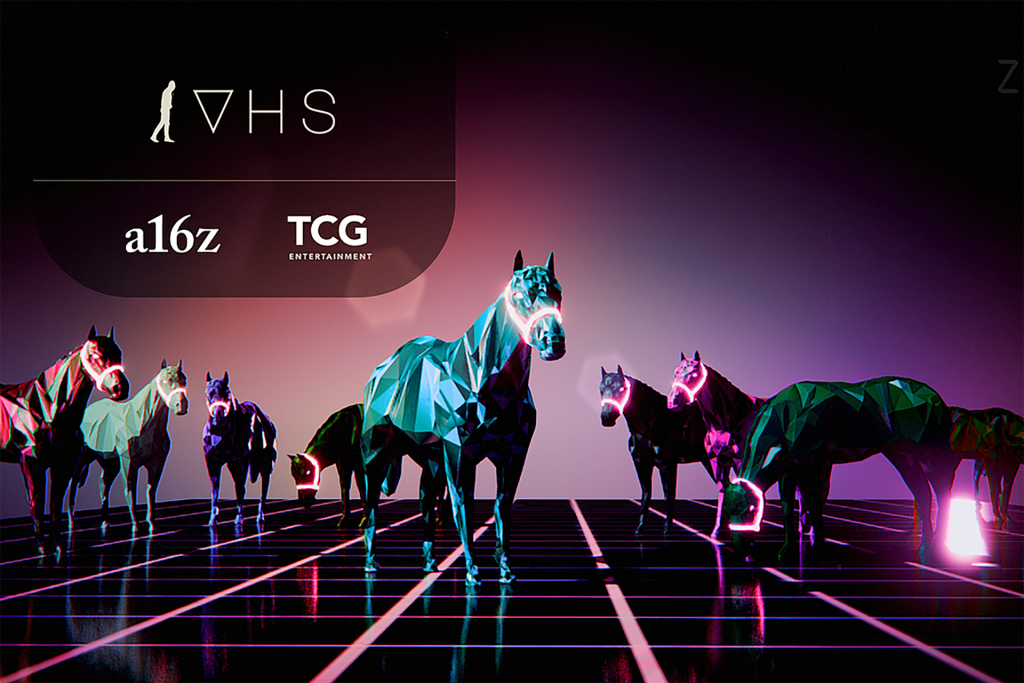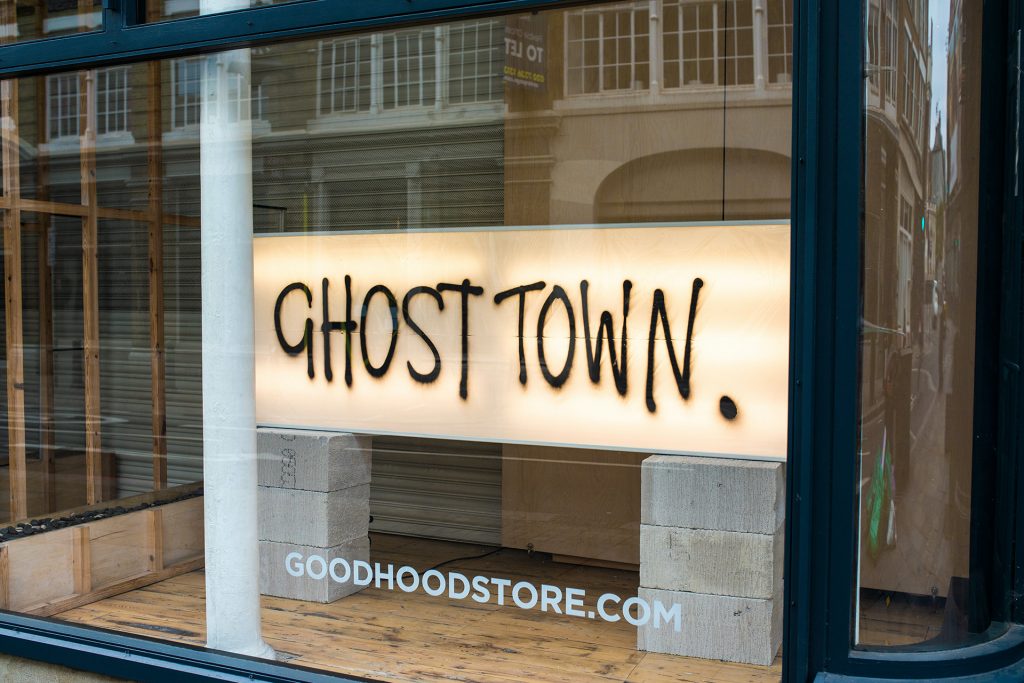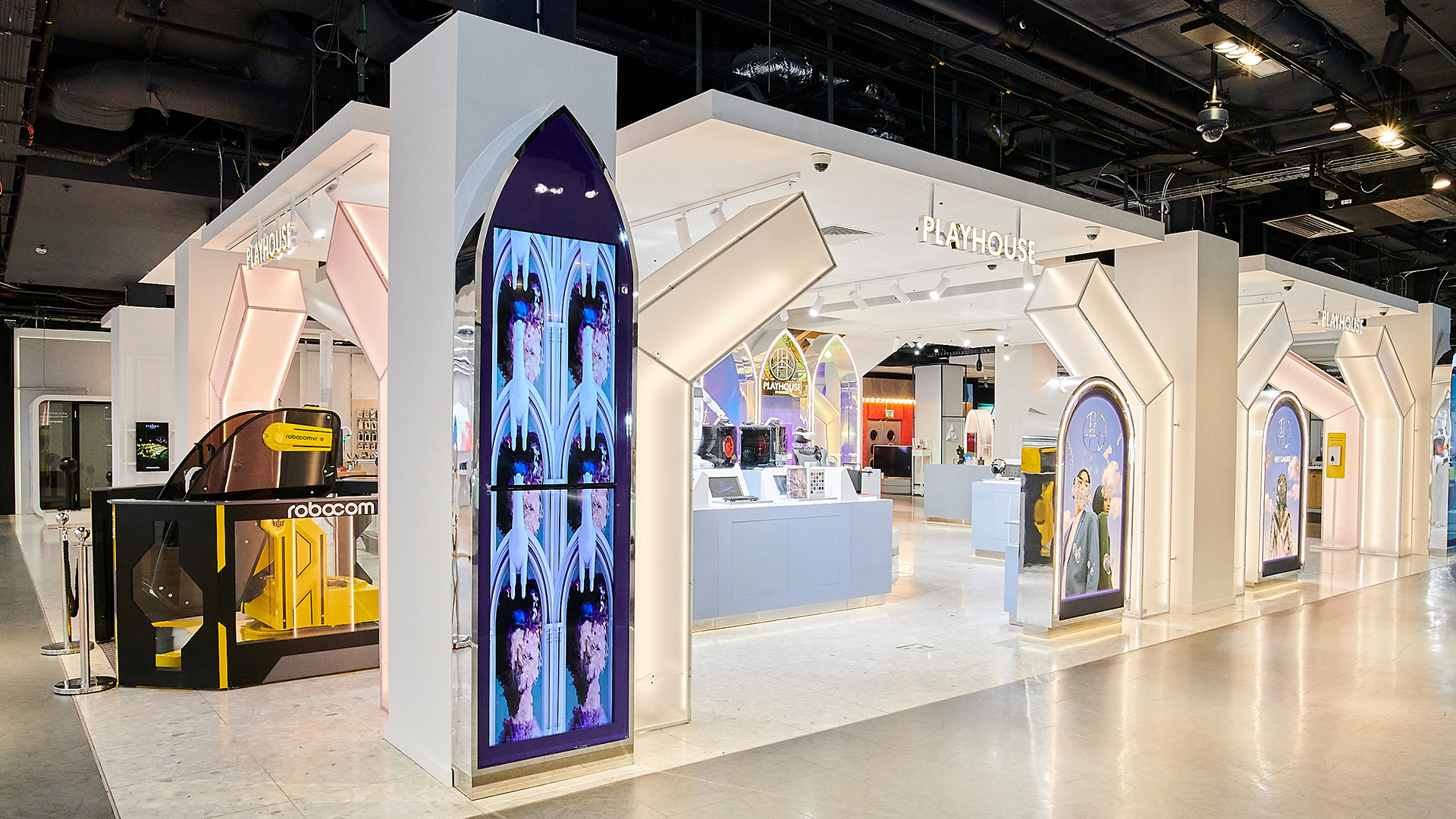At The WXO, we want to connect the dots across the Experience Economy and across the globe – so each week, we’ll be bringing you our round-up of the experiential stories that we think reveal something interesting, relevant or transferrable about the Experience Economy.
Welcome to Radar 6, where we’re looking into the incredible potential of AR to impact businesses’ bottom lines, monetising the metaverse, and how experiences can help stores to survive retail armageddon.
1. AR Moves From Toy To Tool

If you haven’t already caught up on Rob Morgan’s AR Firestarter talk, in which he explained how AR might become an integrated part of our daily lives in the future, the time is now. According to a new report from Snap Inc. and Deloitte Digital titled Consumer Augmented Reality, the technology is on the cusp of tipping over from toy to tool:
- Worldwide spend on AR and VR is set to increase from over $12bn this year to $72.8bn in 2024.
In particular, the report reveals that AR actually has the power to impact a business’ bottom line and drive conversions.
- Companies with branded AR experiences are 41% more likely to be considered by consumers.
- Nearly 3 in 4 people say they’re willing to pay more for a product that promises the transparency AR can provide (think trying on beauty products virtually, or seeing how furniture might look in your home).
And this is only the beginning. As Rob highlighted in his talk, “AR presents an opportunity to extend your reach and expand your digital footprint out beyond the physical limitations of those premises and into users’ own contexts” – to follow them all the way home.
2. Horses To NFTs: Monetising The Metaverse

Following on from our previous look at how the metaverse might reverse the ailing fortunes of the music industry, this week we’ve noticed two more interesting examples of how it might be used to create monetisable experiences. From the world of esports, Virtually Human Studio has been developing Zed.Run, which offers audiences the opportunity to buy digital racehorses and race them online, watched live – see this latest gathering in a NYC bar, which shows that esports can be just as shareable and participatory as physical sports, if not more so.
And from the art world, Wilder World is creating a Ready Player One-style “metaverse” around art that is monetized by nonfungible tokens, or NFTs, using Epic Games’ Unreal Engine. It has already raised $3m in funding, with participation from blockchain investors including DCG, Animoca Brands, Republic Realm, and Signum Capital.
3. Retail Armageddon! And How To Survive It

Back in the “real” (or should we say physical) world, there’s grim news for bricks-and-mortar retailers – according to this report from the BBC, more than 8,700 chain stores closed in British High Streets, shopping centres and retail parks in the first six months of this year – an average of nearly 50 outlets a day. City centres have fared the worst, with fashion retailers at the bottom of the pile.

Ailing retailers should check out our Campfire 2: Help! How Can The Experience Economy Save Our Cities?, in which our experience experts had some suggests for how to keep customers coming through the doors. For an example of this innovative thinking in action, we like Selfridges’ new “Playhouse” gaming outlet, which aims to create “a new era of experiential retail” by blending the latest gaming tech with playable experiences on the shop floor.
4. Calling All Immersive Creators To The Next Stage Summit

The Immersive Experience Institute – headed by WXO Co-Founder Noah Nelson – has opened submissions for its Next Stage Summit to the public. The summit will be held from January 7-9, 2022 at the Pasadena Playhouse in California, bringing together immersive practices across genres that don’t often intersect. Submissions are open to creators working across the domains of immersive theatre, mixed reality, game design, theme parks, experiential marketing, escape rooms, and more. We’ll be interested to see exactly what makes the cut, at a time when the word “immersive” is being interrogated, explored and sometimes misused more than ever before. Keep an eye out for our notes on Campfire 20, about creating a taxonomy for immersive, for more of our thoughts on the subject.
5. Vacations Feel OVER Before They Begin

We’ve discussed many times how anticipation is an important part of creating a memorable experience – but is it possible to overdo it?? A recent study has found that about half of the people surveyed indicated that their upcoming weekend trip felt like it would end as soon as it started. And the more that they looked forward to an experience, the farther away it seemed and shorter it felt. The conclusion – that we often rely on subjective feelings, and not objective ones – is an interesting one for experience designers to consider when thinking about how they want people to feel when approaching their experience.
6. Experiential Marketing Hits New Heights

Finally, two nifty examples of experiential marketing that attempt to reach new heights. Firstly, immersive agency The Department’s work for BMW to launch their circular, sustainable vision of the future, featuring a projection-mapped skyscraper-turned-spectacle. And secondly, hotel group Accor have installed an entire hotel room on top of the Zugspitze, the highest mountain in Germany, complete with glass walls. Although we think it’s a shame that you can’t *actually* stay here, it’s an innovative way to promote their loyalty program, often a pretty unsexy element of the hotel experience.





